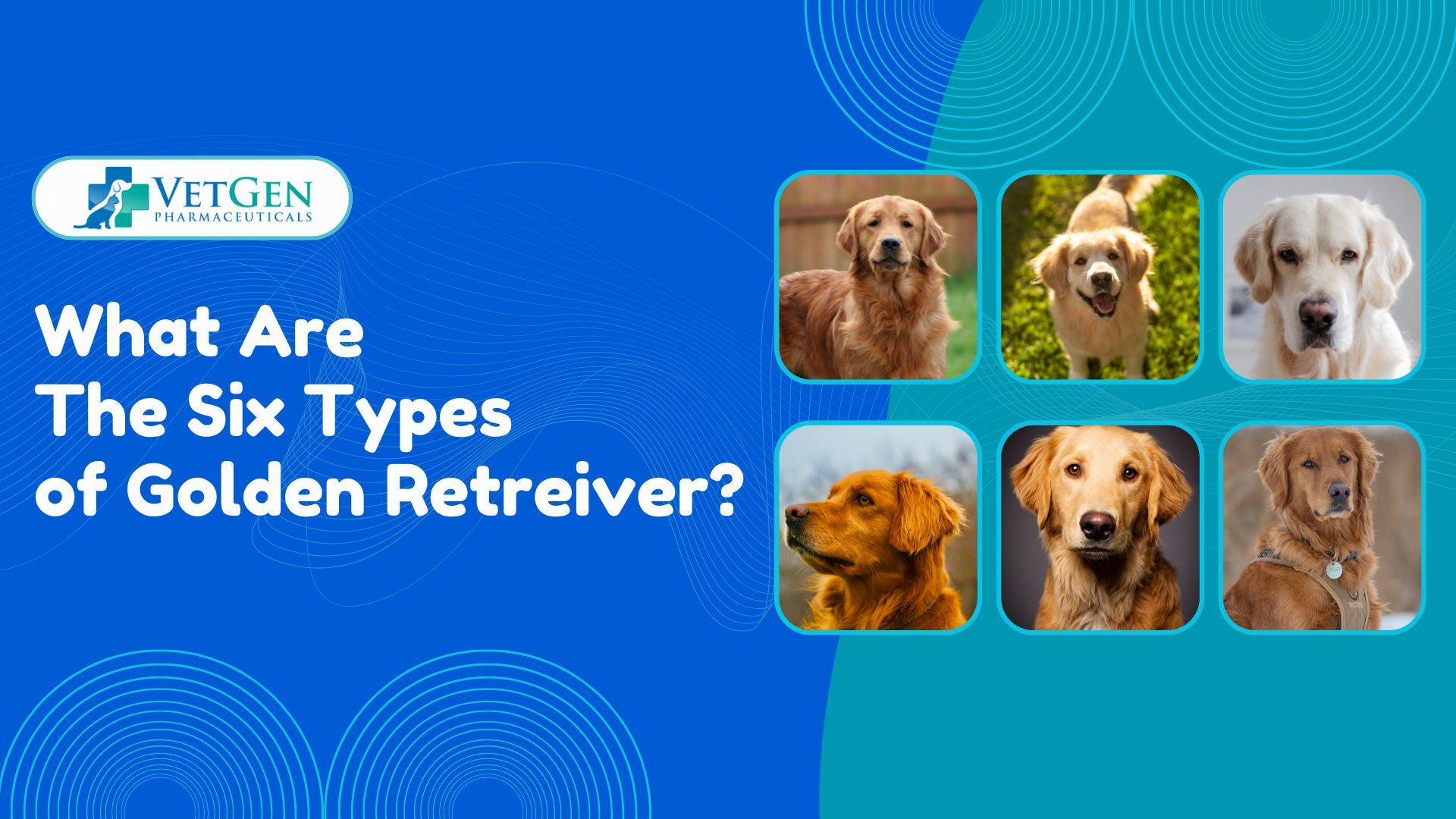To the surprise of many of the dog owners, there is an aspect of their health of their furry little buddy that they rarely consider and that is the temperature of the food that they give to their pet. Much like humans are impacted by not only the food that we consume, but also the condition of the food, dogs too are affected by the condition of their food. In this article we explore what kind of impact the temperature of food has on the digestive health of a dog, and does it really matter to ensure temperature safety.
How Food Temperature Impacts Digestion in Dogs
The temperature of food directly impacts the digestion process and progress in dogs. The sensitivity level to varied food temperatures also varies based on the dog’s breed, as well as their age. As such, a dog owner needs to be aware of the unique needs of the kind of dog they own, in order to know what will suit them best. Here’s how temperature can impact dog digestive health.
Serving Cold Dog Food
If you are feeding your dog cold food, you regrettably are hurting him with every meal you give him. This is so because if the food is cold, the digestion system in dog would require working more than it should to digest food.
In fact, based on their age and breed, some dogs might not be able to digest the food properly at all.
This applies not just to food taken out of the fridge and given directly, but also to kibble. While this may be convenient for you, it may lead to significant digestive problems for the dog. As such, it is essential that before giving them the food, it is warmed up nicely and brought to room temperature or the natural body temperature of the dog.
In addition to being unable to digest the food properly, if fed cold food such as that which is taken out of the fridge and fed directly, the dog can also experience severe discomfort because of cramps. The cold foods can also produce such complications as bloating, stomach ache or even loss of appetite. These are normally seen in the old age dogs or the dogs that have sensitive stomachs.
Serving Warm Dog Food
And just as with cold food they suffer, hot food has its problems as well. Though people like having hot food dogs do not share the same preferences. For instance, if the dog is served food that is very hot, it can cause their mouths, esophagus, as well as the lining of their stomach to burn. When any of these things happen, it becomes extremely challenging for them to eat the foods further, as well as causes a lot of challenges in digesting the food.
What several dog owners fail to understand is that dog’s typically are not as sensitive to temperatures in the first instance as humans. This means that the dog can potentially eat the hot food without even realizing it is too hot, unless it is very late and they are already feeling discomfort. The most common impacts of eating super hot foods in dogs include the onset of diarrhea or vomiting.
So, when you go on to heat up cold food, make sure you do not heat it up too much. Or, if it has become very hot (hotter than room temperature), then allow it to cool before you give it to your dogs to eat. Thus, adhering to such a basic practice, you will be confident that their digestion is well and they are healthy.
Adjusting To Different Seasons
The temperature of food directly impacts the digestion process and progress in dogs. The sensitivity level to varied food temperatures also varies based on the dog’s breed, as well as their age. As such, a dog owner needs to be aware of the unique needs of the kind of dog they own, in order to know what will suit them best. Here’s how temperature can impact dog digestive health.
Serving Cold Dog Food
Apart from how one needs to care for the general temperature of foods, it is also equally important to consider the seasonal predicament of the dogs. Like humans, dogs also need relief from seasonal conditions, and food helps them achieve just that.
For instance, during the summer months, your dogs can be suffering from the heat and a good way to help them cope is by offering colder food items. These can be included at any time, and it does not have to be cold meals all through. You can include one cold item in the meal or give a cool snack to relieve the heat. Assess the requirements as per your dog’s needs and sensitivity.
Similarly, in colder months, the dog would require warmer meals and foods in order to feel comforted and warm inside. Similar to how humans crave a lot of soup during winters. During these times, you can provide them with meals that will help them keep warm or simply warm up their food to a slightly higher temperature.
But they also should not forget about the fact of such practices, as the same dogs which are not susceptible to various types of diseases, do not suffer from temperature changes, and can eat cold food without any consequences. If you have been preparing your dog food at a certain temperature and or consuming it at the same temperature and have not been affected by any disease or ailment then you should continue preparing the food for your dogs at that particular temperature.
This happens for two key reasons:
- The dog is in good health condition and the ability of the digestive system to digest the food at any given temperature is not a problem to the dogs.
- Alternatively, this also happens because the dog becomes accustomed to certain kinds of foods or food variations, and as such, faces no particular challenge in digesting these foods.
If you have breeds like Boxers or Bulldogs, or a dog that has stomach-related issues, or one who is old, these things need to be followed more stringently than if you have a young and healthy dog that does not show any major symptoms of stomach issues.
Conclusion
An important observation about the care of the dogs is that you must feed them in order for them to be healthy in the long run. Besides the food that is given to them, it is also good that what they are being fed is well given at the right temperature to facilitate digestion. Thus, one can make certain that his or her dog is not distressed after eating food and is healthy and happy.






